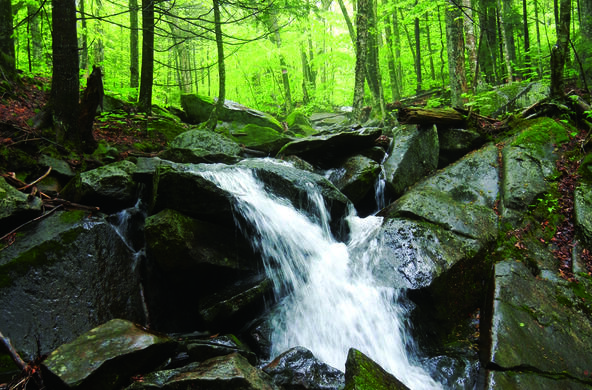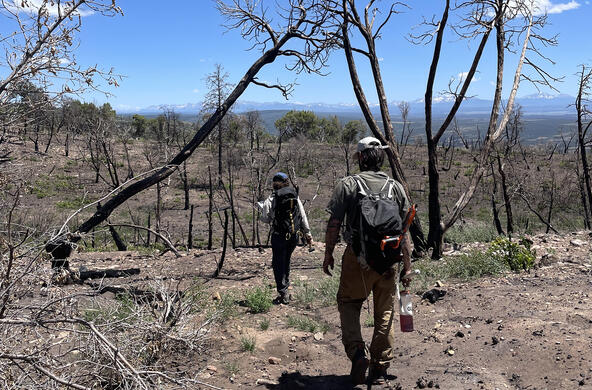Status: Past Project
The Forest Response to Stress and Damage (frequently referred to as FORSTAD) and long term forest monitoring project began in 1992 to study how mixed-oak forests respond to multiple forms of environmental change. The research took place at the Cary Institute of Ecosystem Studies in the Hudson Valley of New York. FORSTAD included several sub-projects including (1) air pollution and nutrient cycling, (2) spongy moth population dynamics, 3) vegetation dynamics, and 4) small mammal trapping.
Data
Each subproject in the archive includes metadata, raw data, data calculations, protocols and other documentation.
Air pollution and nutrient cycling
Each data collection and individual dataset includes citation information. Additionally, those wishing to publish data from Cary Institute of Ecosystem Studies are encouraged to contact the data manager at datamanagement@caryinstitute.org.





